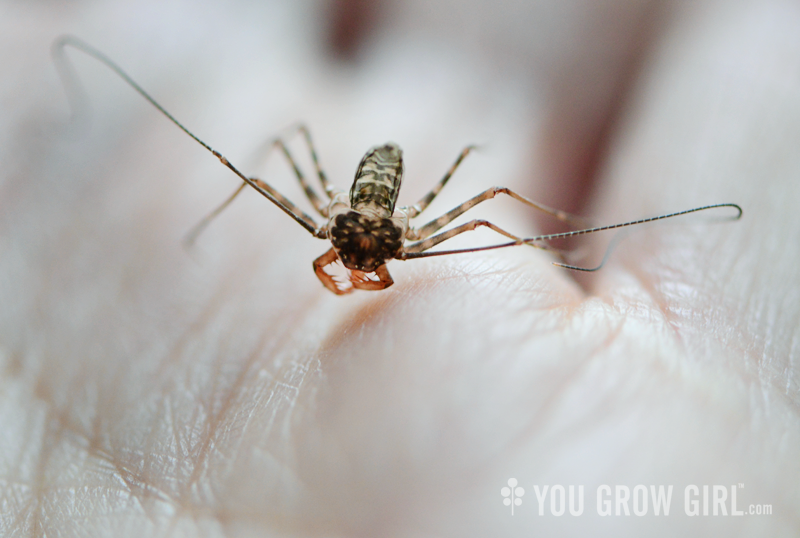
I did not intend to present you with another creepy crawly post quite so soon. However, in the last one, I briefly mentioned some invertebrates that I have purchased, in addition to those that I have gleaned from the garden. I’ve been waiting anxiously for the first two to moult (shed their old exoskeleton), and one of them finally did late Thursday night. While I missed the molt itself, the transformation that occurred afterward was so spectacular. I know that some of you will take this opportunity to walk away, but some of you will be as fascinated as I was.
A brief background: In September, I acquired two Amblypygids aka Tailless Whip Spiders from a local entomologist that breeds them. Amblypygids are a large group of cave and crevice-dwelling arachnids that come from tropical and subtropical locations around the world. They do not produce webs nor venom. They are fearsome-looking, yet harmless creatures that remind me more of crabs than spiders. They even shuffle along sideways like a crab. But where I have noticed a difference is in the way they gracefully dance with their long modified legs (that look like antennae and function as a sensory organ) as they hunt. It is an otherworldly display to experience and further proof that the aliens are right here among us. In my home no less! The first two that I got (I have since acquired a third of another genus) are Phyrnus barbadensis, which I believe are found in Barbados and a few other parts of the Caribbean. I had options from a few different species, but chose this one because of my familial connection to the island. Amblypygids are not widely known outside of their local habitats, but were made (in)famous in The Goblet of Fire film from the Harry Potter series, in which Professor Moody demonstrates the three unforgivable curses on spider-like creature [see clip here], that just happens to be an Amblypygid (probably Damon diadema, which I also have).
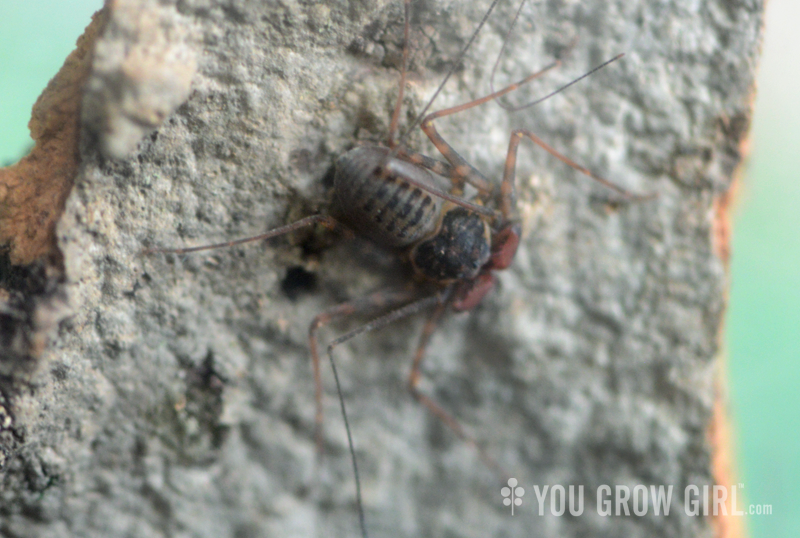
One of my Phrynus barbadensis babies, pre-moult. This is the second, which is yet to moult but looks like it will very soon.
The P. barbadensis I bought are tiny little things, 2nd or 3rd install (stages between moults) no larger than the tip of my finger. As tiny creatures, they eat tiny food, primarily flightless fruit flies for now, of which I must now produce colonies in order to keep my little pets in weekly meals. I keep them in very small containers with a thin layer of perpetually moist, coir substrate and a piece of cork bark that they hang from. Since they live on cave walls and in the crevices of trees, they spend all of their time on the bark and rarely go down to the ground except for food or when the enclosure is not humid enough. In fact, they hang to moult and will die if they do not have an appropriate surface and enough space in which to extend their long, wiry legs.
“(Moulting) is a vulnerable process for the animal of letting go of the old, and I think there is something in that to learn from.”
Young amblypygids like mine moult about once a month or so, but slow down as they age. I knew that a moult was imminent for my creatures, and have been anxious about the process, since how well they survive will, at least in part, be a good assessment of how well I have done to feed and house them appropriately. Now that one has made it through successfully, I am breathing a sigh of relief.
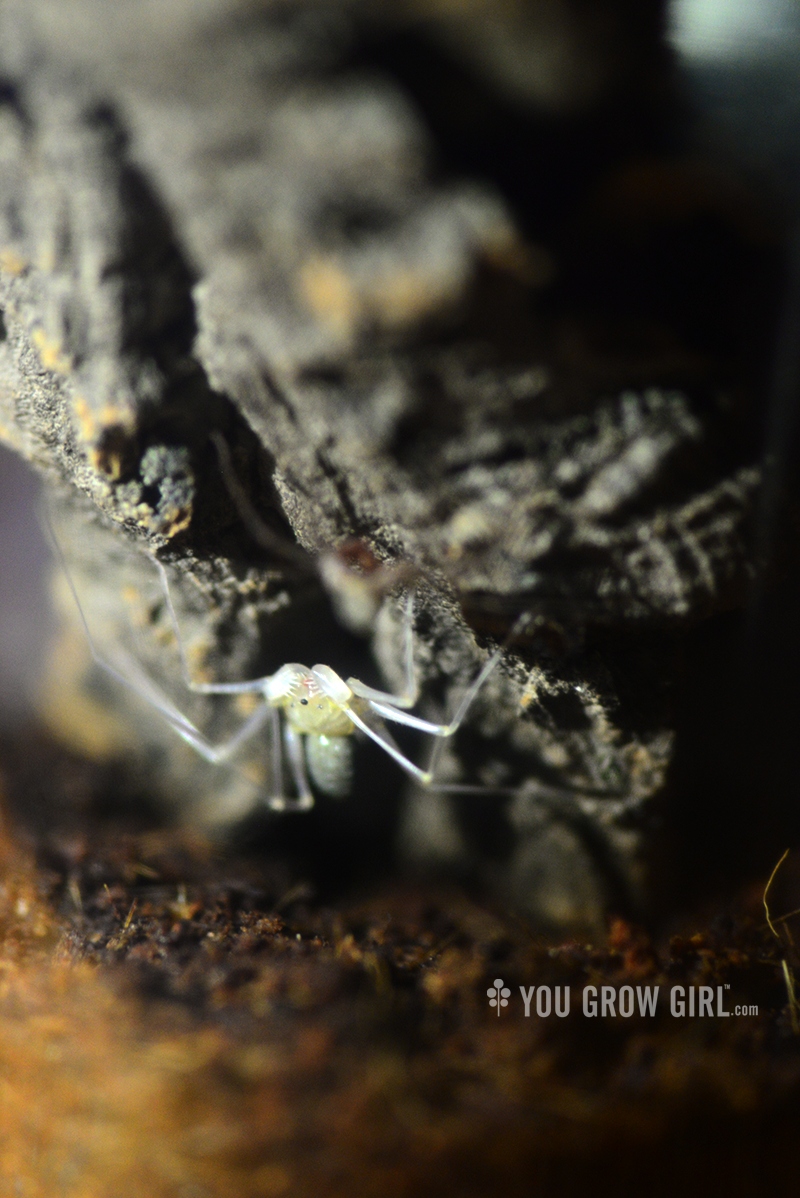
One of my Phrynus barbadensis just after moulting.
This process was also a big part of why I was so keen to acquire one of these creatures. Moulting is a remarkable process of transformation, and all animals that do it essentially shed an old, dull skin and come out of it shiny, refreshed, and colourful. In the case of invertebrates, they can even grow back limbs and other body parts they had previously lost! During the moult they are exposed and for a time afterward their armour is soft and white (and other colours), almost translucent, rendering them defenceless until the shell hardens up. It is a vulnerable process for the animal of letting go of the old, and I think there is something in that to learn from.
On Thursday evening I noticed that smallest of my amblypids, was hanging upside down with its legs extended out. This was not usual nighttime behaviour — they are nocturnal and spend the dark hours hunting for food. I knew something was up. Just before bed I had the thought to check in on them and sure enough, the smallest had moulted. It was an incredible sight! I was only able to take a few photos since they are very sensitive to light and I was anxious about causing any stress that might knock them off the cork bark and kill them. Here are a few taken as I found them after moulting (late Thursday night), the following morning, and on Saturday afternoon.
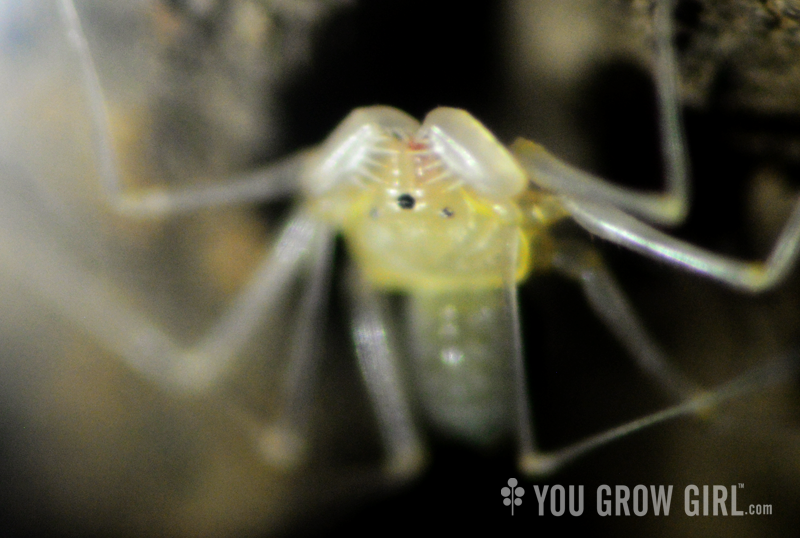
Phrynus barbadensis just after moulting: macro.
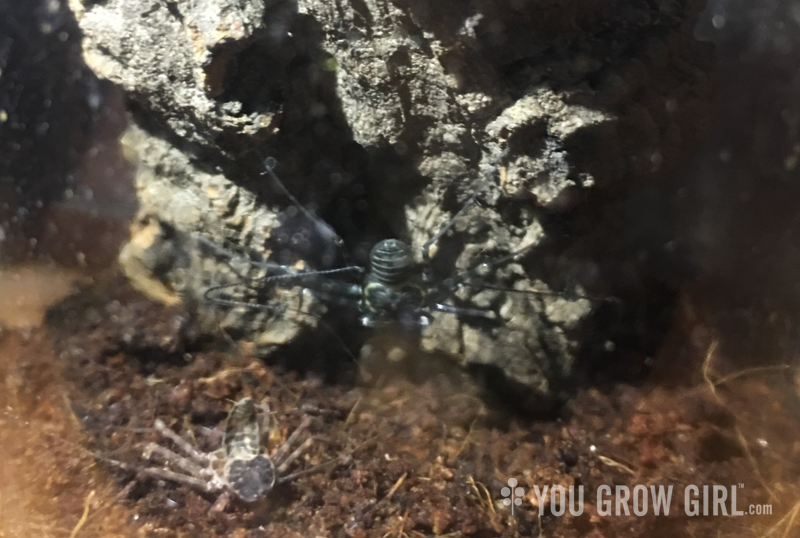
As I found them the next morning. Notice the distinct colour change that occurs as the exoskeleton hardens. Isn’t it remarkable? I also noted that they had kicked the moult off from where it was still clinging to the cork bark (foreground).
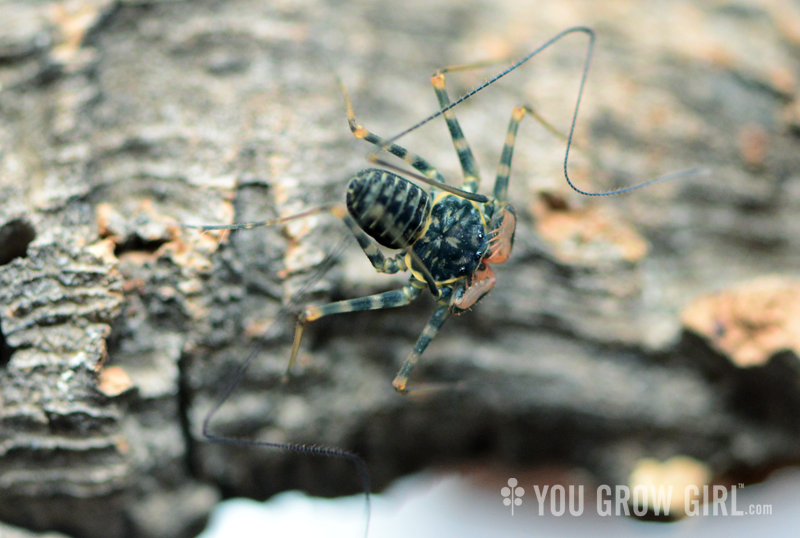
A few days later. Note how very different they look from the sibling (photo above) that is close to moulting. Pretty remarkable! Also not how bright and red the pedipalps (leg-like claws) are. As they mature, those loose their colouration.
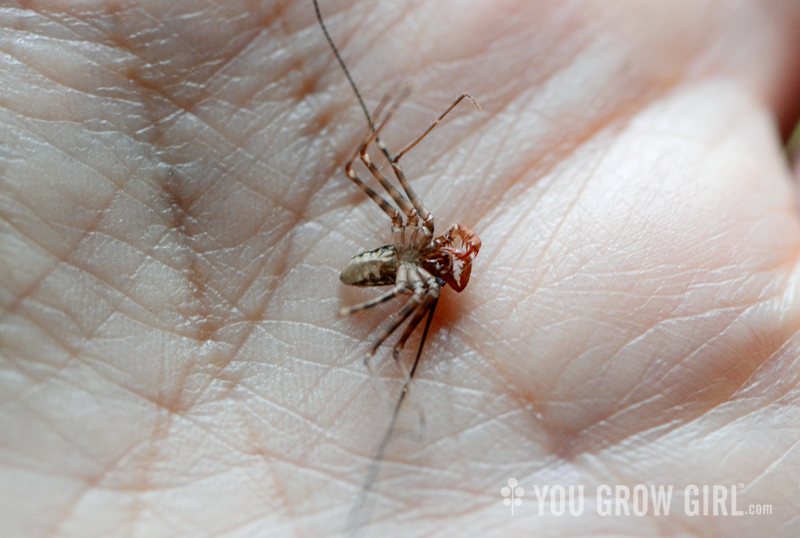
Underside of the moult. It’s amazing how every single surface of the animal is shed, leaving behind a perfect replica. The first image at the top of this page depicts the front side of the moult.
This is so fascinating. Not only have I learned some interesting facts from this and the previous posts, but I’m become more curious about and appreciative of these tiny creatures. As I mentioned to you, I recently read Sy Montgomery’s “How to Be a Good Creature” and I thought, due to some scary movie memories, I might have some difficulty reading the chapter about her pet tarantula (a big spider!), Clarabelle. But not at all. Sy writes with knowledge, curiosity, reverence and respect — as do you :).
I love this statement from your post: “(Moulting) is a vulnerable process for the animal of letting go of the old, and I think there is something in that to learn from.” Yes!
Thank you for introducing me to that book. I read the sample chapter and plan to read it next once I am done my current read. I especially look forward to that chapter on tarantulas as I have been obsessed with them for a few months and have been learning a ton. I wonder what species hers was? Will have to look it up.
I did not know anything about Amblypygids before- you have certainly taught me something in this very interesting post! I’d always guessed the one featured in the Harry Potter film a fictional spiderlike creature- I didn’t know it was a real animal! As predators, would they be helpful if let loose in the garden, or are you keeping them always as pets?
They would never survive the cold, but regardless, they are not from this part of the world so I would never let them loose outdoors.